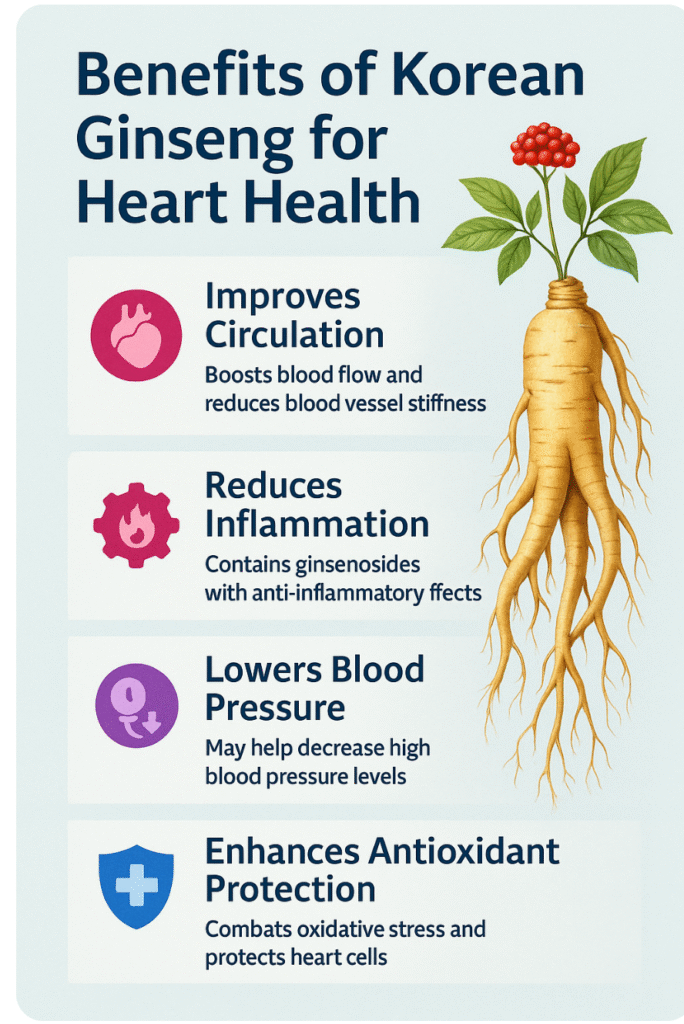Topic chosen at random → “Heat & climate health”
Sub-topic chosen at random → “Preventing heat-related illness at home, work, and outdoors”
The image above was generated to match this article.
TL;DR
Extreme heat is a fast-growing health threat. Build your personal “Heat Action Plan”: monitor local alerts (prefer WBGT), stay cool (AC/cooling centers), stay hydrated, schedule activity smartly, and know emergency signs. Older adults, outdoor workers, athletes, people with chronic conditions, pregnant people, infants, and those without AC face the highest risk. World Health Organization+2CDC+2
Why this matters (2024–2025 snapshot)
- Heat waves are becoming more frequent, longer, and more intense; even “moderate” heat harms health. World Health Organization
- Heat-related mortality among people 65+ has risen dramatically compared with the 1990s, and heat now disrupts sleep, physical activity, and chronic disease control. PubMed+1
- Public-health agencies emphasize three pillars for individuals: Stay cool. Stay hydrated. Know the symptoms. CDC+1
Who is most at risk?
- Older adults (65+) and infants/young children
- People with heart, lung, kidney disease, diabetes, or on medications that affect sweating/thermoregulation (e.g., diuretics, anticholinergics, stimulants—talk to your clinician)
- Pregnant people, outdoor workers, athletes, and people without air conditioning CDC+2CDC+2
Understand the numbers: Heat Index vs. WBGT
Most weather apps show Heat Index (temperature + humidity, shade). For planning exertion in sun, many health and safety orgs prefer Wet Bulb Globe Temperature (WBGT) because it also reflects solar radiation and wind. You can check WBGT guidance and calculators from OSHA and the U.S. National Weather Service. Weather.gov+3OSHA+3OSHA+3
Your Personal Heat Action Plan
1) Stay informed
- Enable local heat alerts; learn your area’s thresholds.
- For outdoor work/sport, consult WBGT categories before scheduling. OSHA+1
2) Keep cool
- Best: Spend time in air-conditioned places (home, malls, libraries, cooling centers). Municipal and national playbooks outline how cooling centers operate and who can access them. CDC+1
- At home: Close blinds, use cross-ventilation at night/mornings, take cool showers/baths, use the oven less. CDC
- Fans: Helpful at moderate heat and with skin wetting/evaporation, but don’t rely on fans alone when it’s very hot—public-health agencies warn that at high room temps (mid-90s°F / ~35°C+), fans may not prevent illness. (Research on exact thresholds is evolving.) McKnight’s+3CDC+3EPA+3
3) Hydrate smartly
- Drink more water than usual; don’t wait for thirst. If you’re on fluid restrictions or diuretics, ask your clinician for a heat-day plan. Avoid alcohol when possible. CDC+1
4) Schedule & dress for heat
- Move outdoor exertion to early morning or evening; take frequent rests in shade.
- Wear loose, light-colored, breathable clothing; use broad-spectrum sunscreen. CDC
5) Look out for others
- Use a buddy system. Check on neighbors, especially older adults or those without AC. Never leave children or pets in cars. CDC
Warning signs & first aid
- Heat exhaustion: heavy sweating, weakness, cold/clammy skin, nausea, dizziness, headache. Action: move to a cooler place, loosen clothing, sip water, cool with wet cloths/ice packs to neck/armpits/groin.
- Heat stroke (medical emergency): confusion, fainting, seizure, very high body temp, hot skin (may be dry or profusely sweating). Action: call emergency services now; cool rapidly while awaiting help. CDC
Workplaces & sports: extra layers
- Use WBGT-based work/rest schedules, acclimatize new workers/players, provide shaded rest areas, cool water/electrolyte options, and training to recognize symptoms. OSHA
Urban & policy context (why cities matter)
Heat risk isn’t just an individual issue. City programs (tree canopy, reflective/green roofs, shade structures, cooling-center networks, social check-ins) prevent avoidable deaths when combined with early warnings. Public-health reviews and initiatives highlight that most heat deaths are preventable with planning, alerts, and access to cooling, hydration, and shade. iris.paho.org+1
Helpful references (external)
- WHO: Climate change, heat and health (overview, prevention). World Health Organization
- CDC: About Heat and Your Health + risk-group pages and prevention tips. CDC+3CDC+3CDC+3
- OSHA/NWS: WBGT and heat hazard recognition. OSHA+2OSHA+2
- Lancet Countdown 2024: Global/US heat indicators & mortality trends. Lancet Countdown+2LANCET COUNTDOWN:+2







